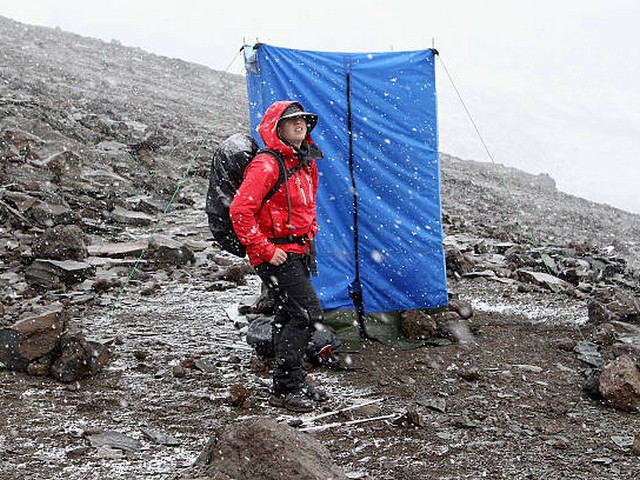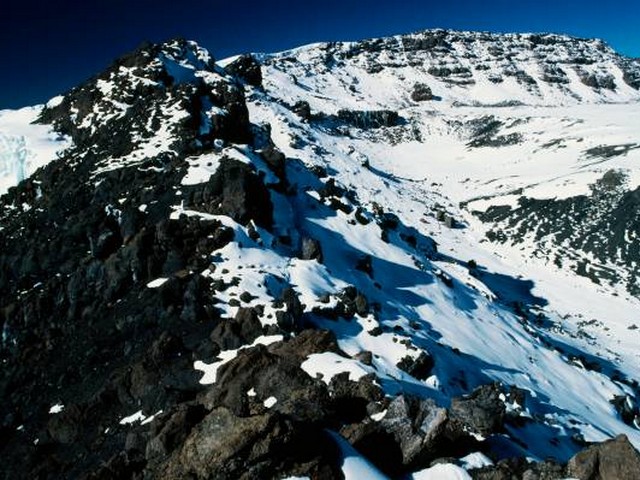Frequently Asked Questions?
_
To make your search easier, we've neatly grouped our frequently asked questions into categories—just click on the category that matches your interest to instantly reveal the questions and their answers!


If you can not find your answer, please send us your question, we will answer you as soon as possible.










